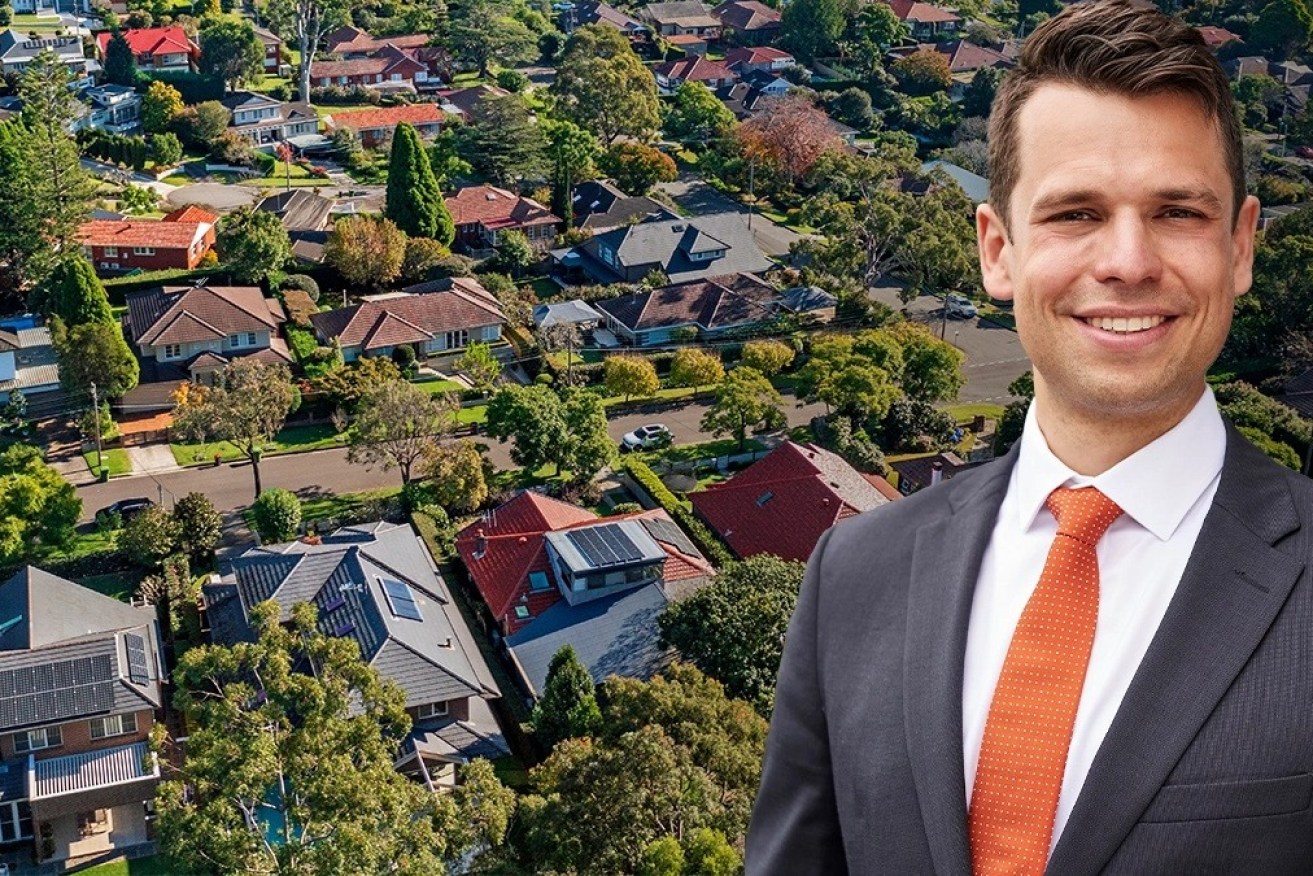Why median house prices are no longer relevant
We live in the age of data and could do with a more specific house price measurement, argues our resident demographer.


Lockdowns, pandemics, wars, natural disasters. Come what may, one of the hottest topics in Australia always remains housing affordability.
Home ownership is still of utmost importance in Australia, and now buying a home is out of reach for countless Australians and even the rich complain about high prices.
Let’s first understand how we measure the cost of housing.
The average house price (the prices of all sales divided by the number of sales) isn’t used as a measure because a few extremely expensive properties could totally distort the average price.
We instead measure the cost of housing via the median house price. We line up all residential property sales in our nation, city or suburb by price. The one smack-bang in the middle is the median house price, meaning half the properties were cheaper and half were more expensive. The median helps statisticians to cut out the very high and very low outliers in our datasets.
Don’t worry, I’m not going to drag you back into high school maths class. This column is about bigger social issues and how our measures matter.
A societal shift
As Australians, we tend to think of ourselves as the quintessential middle-class society. Sure, there are rich folks and poor folks but most of us have the same type of middle-income jobs and share the same type of middle-income dreams. In mathematical terms, we imagine the distribution of income and wealth in Australia to look like a bell curve.
Once we take a closer look at the data, however, we see that the Australia we are picturing is a thing of the past.
The Australian Bureau of Statistics differentiates between 1300 jobs. Each job gets tagged with a skill level, a number from 1 to 5 indicating how much formal training is required before you may take up a certain job. (Number 1 is the highest skill rating.)
In general terms, jobs with higher skill levels pay better wages. But there are a few exceptions, with certain tradies (skill level 3) out-earning certain white-collar (skill level 1) professions.
In the 1970s, Australia was dominated by middle-class skill level 3 jobs. This was the heyday of Australian manufacturing with more than 20 per cent of the workforce working in manufacturing. In case you were wondering, today only 6 per cent of jobs are in manufacturing.
Detailed data on jobs by skill level is available from 1986, when about the same number of workers held highly paid skill level 1 and middle-class skill level 3 jobs. Since the 1980s, Australia has transitioned towards a highly skilled service economy.
Over the past three decades, we almost doubled the number of jobs in Australia (from 7 million to 13.6 million). Almost half (48 per cent) of the 6.6 million new jobs were skill level 1. Another 32 per cent of new jobs went to low- (23 per cent) and unskilled jobs (9 per cent). Only 7 per cent of the net new jobs created between 1986 and 2019 were skill level 3 jobs.
The missing middle
The Australian workforce misses the middle class (skill level 3 jobs) as social glue. The workforce now skews towards the top, with a shrinking (in relative size) middle class, and a shrinking portion of low-skilled jobs (again, in relative size).
What does all of this mean for our discussion regarding median house prices?
I’d argue that the median house price is becoming a weaker measure that loses importance for individual home buyers.
In Sydney, the median house price currently is about $1,260,000. For low-income earners, it doesn’t matter whether the median home price is a few hundred thousand dollars higher or lower as all houses in the seven-digit price range are way out of reach.
A high-income family in Sydney is equally unlikely to consider a house in the $1,260,000 range. They will be able and willing to spend a lot more on their family home. There is a relatively small cohort of buyers for whom a $1,260,000 property might be just right.
The only thing a city or even suburb-wide median house price is useful for is to show us that housing has become more expensive over time. But we knew this all along. We live in the age of data and could do with a more specific house price measurement.
New measures needed
Let’s measure the cost for specific property types across the whole of the country. The median cost for a one-bedroom apartment, or for a three-bedroom house per suburb, for example. That makes for a nice interactive map. Who doesn’t like a good map?
Even better: a budget driven dataset. This is what $250,000 buys you across Australia. This is what you get for $1,000,000 – a decent one-bedroom apartment near Barangaroo in Sydney, or a gorgeous seven-bedroom property on a large chunk of land in rural Tasmania.
Measurements like these are more useful for individual home buyers. People know their budgets and they know what type of housing they want. Showing property prices in a different format would arguably benefit regional Australia, where you generally get much nicer and larger properties for the price of an inner-city apartment. Property websites already allow (to a degree) us to explore Australia that way.
It would be great to see calculations about housing reported from a practical angle more often. Let’s show what kind of housing is currently financially affordable for a small selection of different household types. At the very least report median home prices for a range of dwelling types.
Such reporting is less catchy, but it is more meaningful for the individual home seekers. And if we just want to make the point that housing is becoming more expensive and we want a number to back us up, the good old median house price will do just fine.




